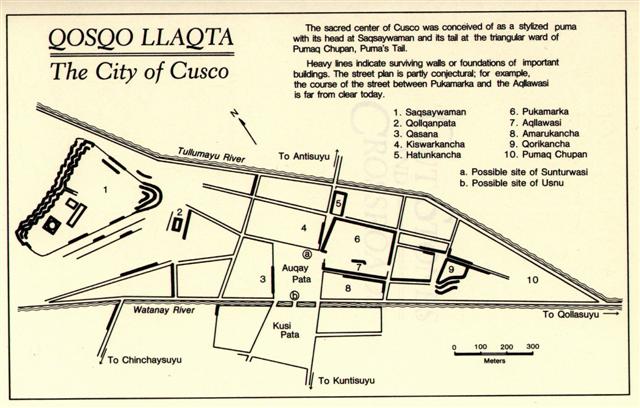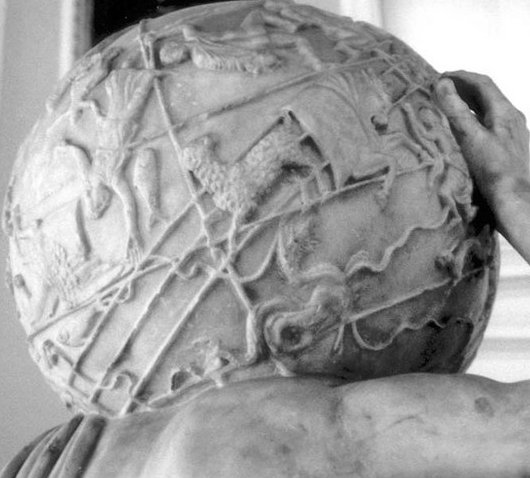In the night when the Royal Double Canoe arrived to Easter Island Nonoma was out urinating ... The canoes of Ava Rei Pua and of Hotu were seen near the (off-shore) islets. On the fifteenth day of the month of October (tangaroa uri) the canoe of Hotu and the canoe of Ava Rei Pua landed. On the fifteenth day of the month of October (tangaroa uri), Nonoma left the house during the night to urinate outside. At this point Ira called out to Nonoma, 'Look at the canoe!' Nonoma ran, he quickly went to Te Hikinga Heru (a ravine in the side of the crater Rano Kau) and looked around. There he saw the double canoe way out near the (offshore) islets, and the two (hulls of the canoe) were lashed together. He ran and returned to the front of the house. He arrived and called into the house: 'Hey you! This canoe has arrived during the night without our noticing it!' Ira asked Nonoma, 'Where is the canoe, which you say is lying out there (in the water)?' Nonoma's voice came back: 'It is out there (in the water) close to the (offshore) islets! There it lies, and the two (hulls) are lashed together.' The four of them (corrected for 'the six of them') went out and picked up leaves (on branches) to give signals. They picked them up, went and arrived at Te Hikinga and saw the canoe. Raparenga got up, picked up the leaves, took them in his hands, and waved, waved, waved, waved ... (E:75) - thereby hinting at the place where also Leo did so. A pinpointed dot marked the glyph at this place on side a of the G text:
For this was 80 right ascension days before Antares:
... In the year when our Gregorian calendar was born ... Coxa had been in ║September 2 (245), which might indicate the creators of Manuscript E had used this date for when the double-canoe was launched on its journey to Easter Island ... ... Hotu's canoe sailed from Maori to Te Pito O Te Kainga. It sailed on the second day of September (hora nui) ... (E:74) From JULY 2 (183) to SEPTEMBER 24 (267) there were 84 days - like a mirror reflection south of the equator of the 12 weeks from DECEMBER 31 to MARCH 25 (the Julian date for the northern spring equinox).
Surely the intention of the creator of the G text was to place this pair of rather unique glyphs in their correct positions as related to Aldebaran and Antares (at the time of the Bull).
Although he may very well have been aware of how the distance from Aldebaran to Antares had increased due to the proper motion of these stars since the time of the Bull, ... the distance from Aldebaran to Antares had grown over time and in 5000 BC the distance from Aldebaran to Antares was around 177 (= 3 * 59) nights. This information can be gained from our modern time computer programs (e.g. Cartes du Ciel) ... this would probably not have interfered with his ambition to establish a correct map (atlas) for the current star positions.
|
||||||||||||||||||||||||||||||||||||||||||||||||||||||||||||||||||||||||||||||||||||||||||||||||||||









